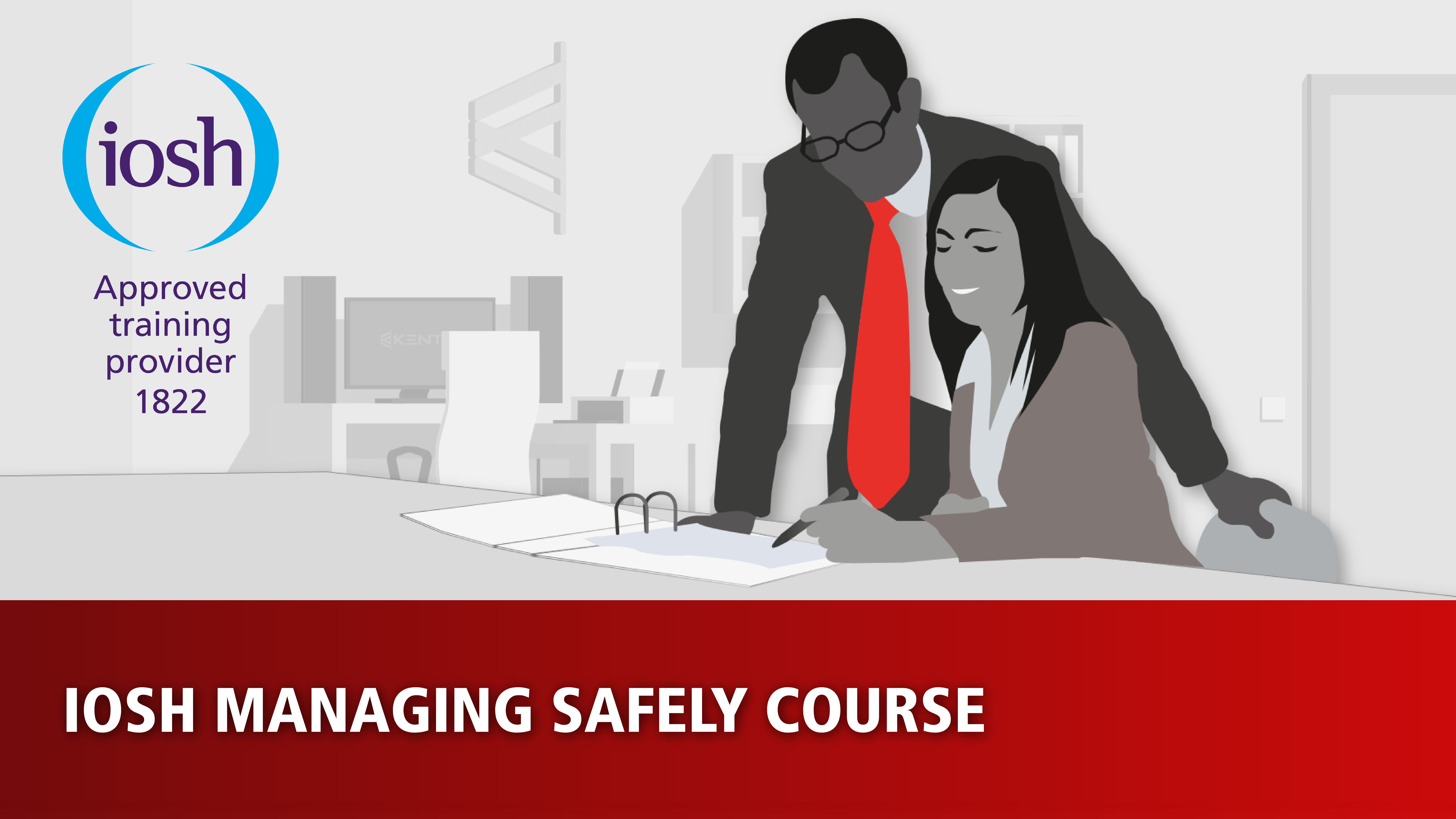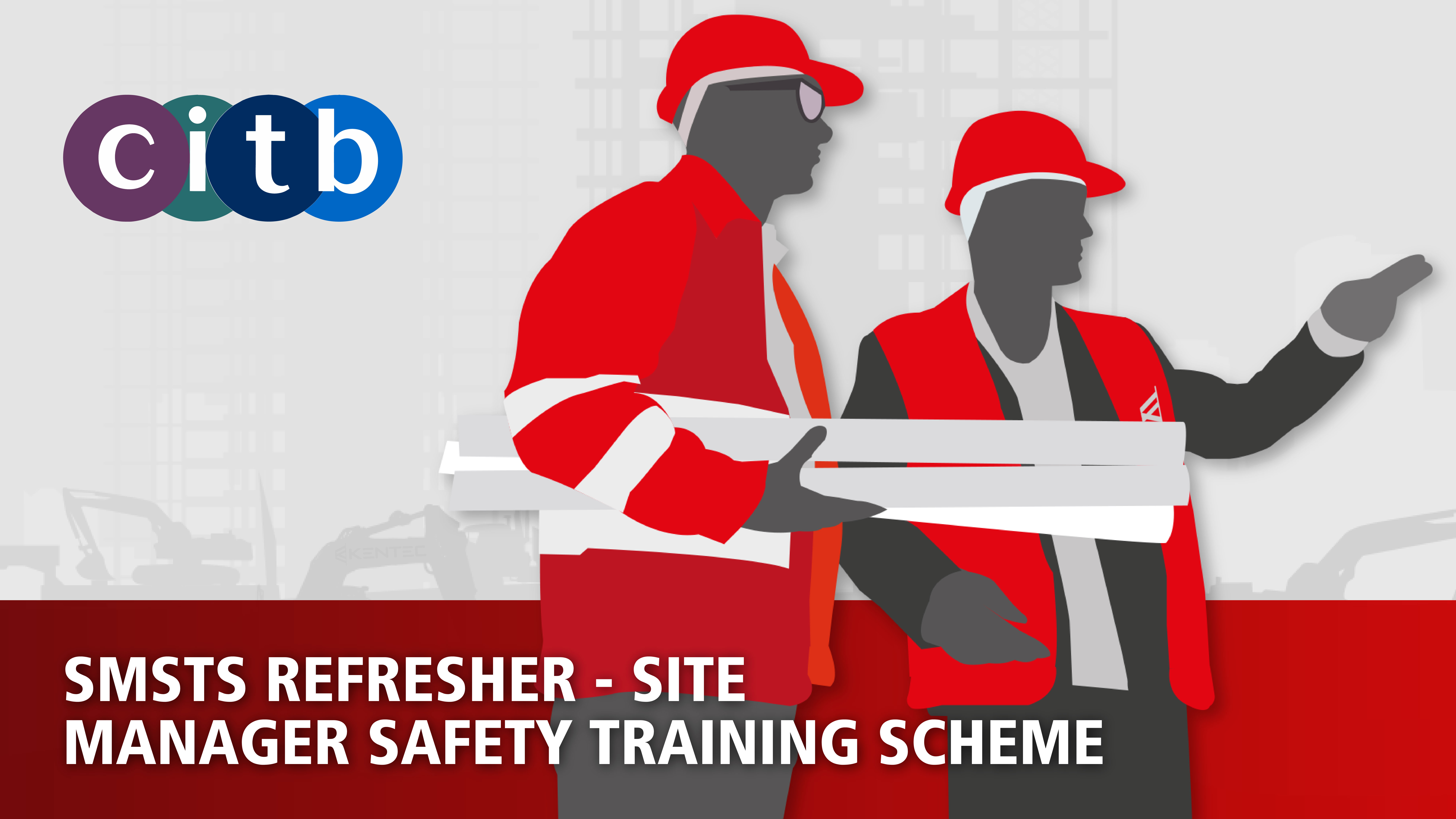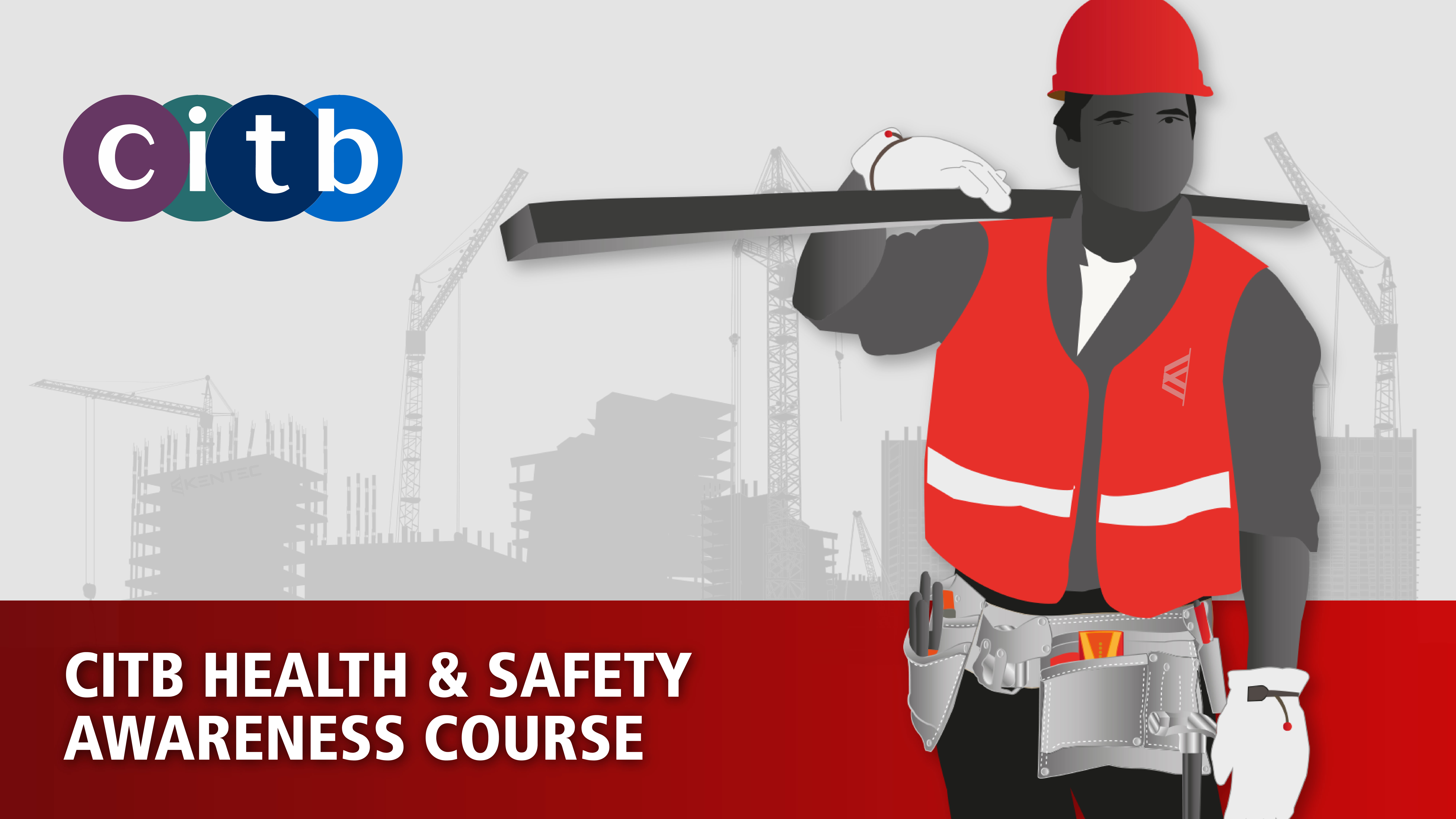Our QA Principles of Manual Handling Course delivers a minimum of 3 hours of instruction and is designed to instruct up to a maximum of 12 delegates. This course is aimed at providing a greater awareness of manual handling, including: injuries, safe movement principles and manual handling equipment. Throughout the duration of the course, delegates will be assessed when carrying out a number of practical exercises. At the end of the course delegates will take a multiple choice test.
This course can be combined with our QA Safe Moving and Handling (QCF) Course should delegates require a practical session.
This course consists of a training room lecture, presentation and written assessment.
This course is suitable for anyone in an organisation who require to raise their awareness of the risks of unsafe manual handling practices and for people who may have to carry out manual handling as part of their job, e.g. handling deliveries, parcels and boxes.
This course is ideal for:
- Raising awareness about the importance of safe manual handling
- As an introduction to those starting work which may involve carrying out manual handling activities
- Those returning to work where manual handling activities may be required
- Refreshing knowledge of Manual Handling safety training
Delegates must be at least 16 years old to attend this course and it is advised that learners have a minimum of Level 1 in Literacy or Numeracy, or equivalent due to the multiple choice examination at the end of the course.
The agenda for the QA Principles of Manual Handling (QCF) Course includes:
1. Understand the reasons for safe manual handling:
- Outline the potential injuries and ill health associated with incorrect manual handing
- Outline employer’s and employee’s duties relating to manual handling at work
- Outline the consequences for non-compliance with health and safety requirements at work
2. Understand how manual handling risk assessments contribute to improving health and safety
- Explain the terms ‘hazard’ and ‘risk’ in the context of manual handling work
- Outline the process for carrying out a manual handling risk assessment
- Describe the principle of the risk control hierarchy when applied to manual handling.
3. Understand the principles, types of equipment and testing requirements associated with manual handling safety
- Describe safe movement principles associated with manual handling
- Outline the types of equipment designed to be used for manual handling tasks
- Outline the requirements for the testing, servicing and examination of manual handling and lifting equipment
Successful delegates will receive a Qualsafe e-certificate which will be valid for a period of 3 years from the date of the course. They will gain an understanding of the knowledge, skills and understanding required to safely carrying out a number of manual handling tasks.
Our FAQ area is the best place to look to find answer to your questions. Our community and support team
constantly update the questions and answers.
No. This is a knowledge-based qualification focusing on the principles of safe manual handling. If you require practical manual handling training, we recommend our QA Level 2 Award in Safe Moving and Handling (RQF) course.
No. As this is a classroom-based course, you are not required to bring any Personal Protective Equipment (PPE). For certain training sessions, temporary equipment such as safety harnesses may be provided if required.
Yes, we can absolutely offer you support. We understand that everyone learns differently, and we’re committed to making our courses accessible to all. Our instructors are experienced in delivering training to individuals with varying levels of reading and writing ability.
We can offer additional verbal guidance, practical demonstrations, and one-to-one support when attending training courses at one of our training centres. If required, we can also arrange for assistance during written assessments, such as a reader.
Please let our support team know in advance if you have any concerns, and we’ll do everything we can to support you in successfully completing your training.
View All FAQs









